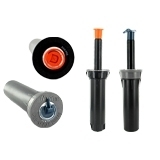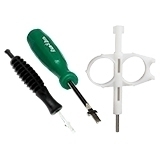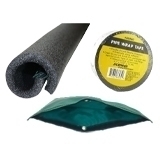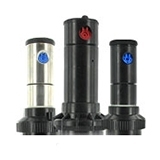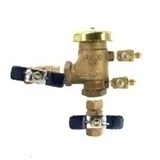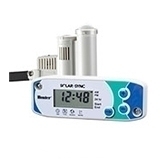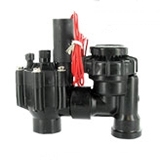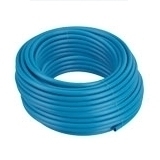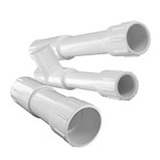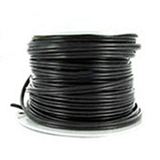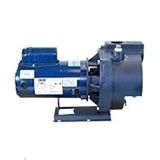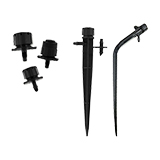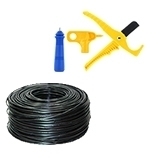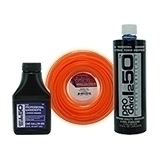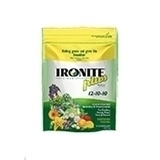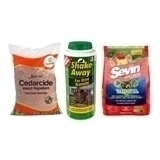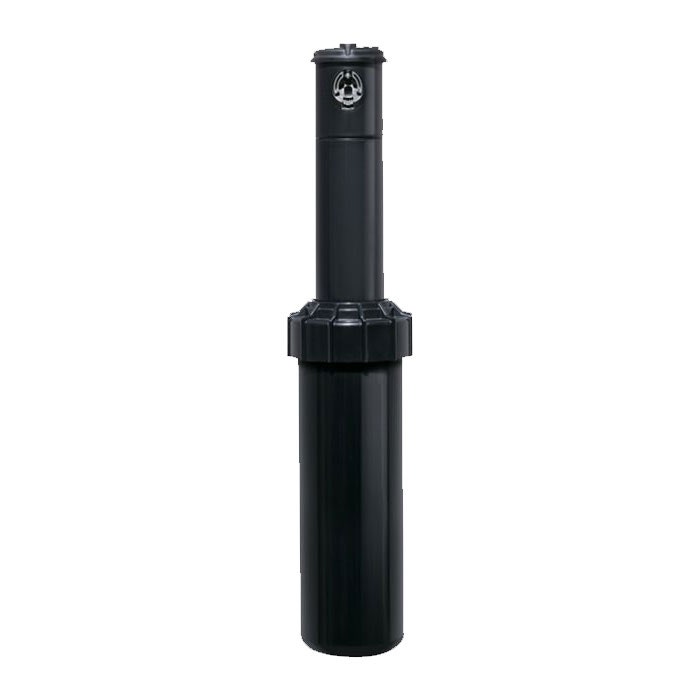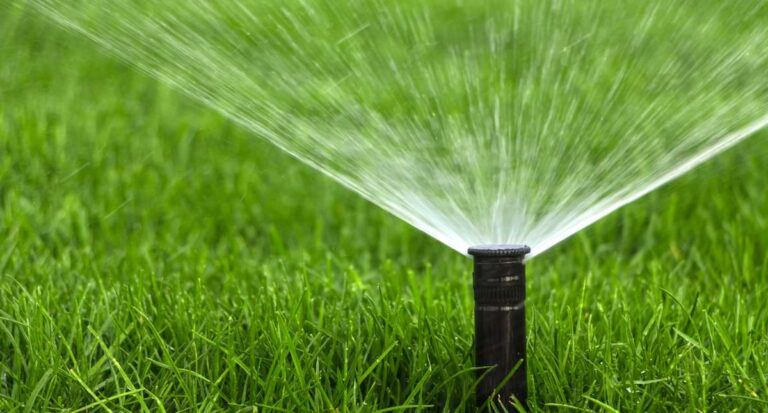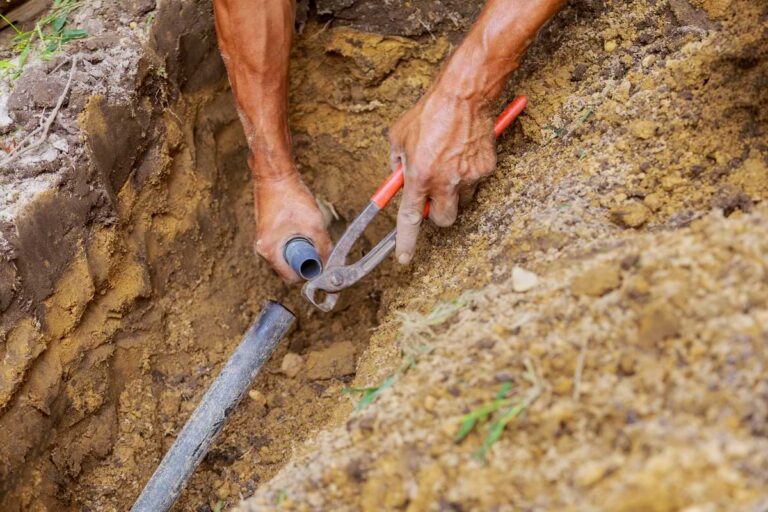Protecting Your Water Pipes During A Freeze
As unpredictable as Mother Nature has been recently, forming a game plan on how to take care of your sprinkler system to prevent freeze damage to your backflow preventer in winter can save you time, money, and stress. Incidents like Houston’s rolling blackouts in February 2021 won’t always happen, but it’s best to prepare your irrigation system for a hard freeze – just in case. When it comes to battling hard freezes effectively, there are two options: protect now or pay later.
Winterization In Cold Climates VS Warm Climates
People in the northern half of the country—those with a defined three-month-long winter season—call this preparation winterization. Completely removing a drain pump and allowing a few days for valve water to completely drain is a sensible practice for these snow-caked states.
However, since the marriage between freezing temperatures and the South doesn’t last as long, shutting down a sprinkler system for a long winter’s nap doesn’t seem practical. That said, completely ignoring winterization is risky.
How can I prevent freezing in irrigation pipes during a short, hard freeze?
Let’s review how to guarantee protection for your sprinkler system safely and efficiently with these steps to prevent freezing in irrigation pipes.
You’re going about your normal routine when you get a notification about a three-day freeze looming. What do you do? First of all, don’t panic—stay as cool as the expected temperature drop so that you don’t skip over important tasks. Once calm and collected, meet your hard freeze sprinkler system concerns with these simple steps.
Supplies you’ll need to protect your sprinkler system from a hard freeze:
- Thermacel foam insulation
- King Innovation pipe wrap tape
- Insulated BackFlow bag
- Tape measure
- Zip tie
- Scissors
- Flathead screwdriver
- Shut off the water supply to the irrigation system.
Cutting the sprinkler system’s water supply is a crucial kick-off to the preparation process. It also minimizes prep time for upcoming steps. First, locate the main shut off valve near your main water meter usually attached to a pipe that extends from your main water line. Typically, the pipe is 1” and normally larger than the main water line. Once you’ve located the valve, give it a quarter turn up, down, left, or right depending on the pipe’s position. Before you continue to the next steps, check your sink to confirm you have not turned off your main water supply. - Run the system to alleviate pressure.
Turn on the sprinkler timer or controller that is usually located in the garage and allow any zone to run for 2 minutes. Since the water supply is powered off, this relieves pressure in the main line without water emitting from the irrigation head. Next, cut off the timer or controller. It’s possible the timer could be set to rain mode. Completing this step can be a time saver as you won’t have to reprogram the entire system when the temperature starts to heat up. - Open your pipes and pumps to drain.
Relieving residual water from the pipes that comprise your sprinkler system is an essential step toward maintaining your system’s good health. Though our warmer climate doesn’t require as much draining as other regions, you still want to remove as much water as possible and prevent additional water from entering the system. Water left in the system can freeze, bringing wear and tear to pipes and hoses. The good news is that, since you’ve already shut off your irrigation’s water supply, most of this step is already completed.- Unplug the booster pump if you have one. Enhancing flow rate by boosting water pressure, a booster pump typically has a cord connecting to an outlet box. If it’s a normal outlet, simply disconnect the plug. If it attaches to a box, unplug your sprinkler system’s controller or timer in the garage (after you have followed Step 2).
- Locate the outside pipe to the irrigation system that comes out of the house. Turn the attached spigot handle counterclockwise to open it completely.
- Open the PVB (pressure vacuum breaker) that is normally located right outside the home, often in a box near or flushed with ground level.
- If your home has an RPZ (reduced pressure zone) valve, locate the 3 or 4 mini valves sticking out of the RPZ that are each topped with a groove to fit a flathead screwdriver. Use a flathead screwdriver to give each screw a quarter-turn clockwise, allowing the water to exit these mini valves.
- Drain the gear-driven rotor sprinklers to prevent ruptured pipes from expanded frozen water. If the water doesn’t drain voluntarily, you will need to install a drain valve on the sprinkler supply line. You can also remove the rotors and shake them rigorously before storing them safely for until the freeze passes.
- Wrap the necessary pipes.
Another important step on how to take care of your sprinkler system in winter is to wrap the pipes that make up the system. All pipes, sprinklers, spigots, and hose bibs exposed to outside elements are vulnerable to freeze if not adequately insulated. To do this efficiently, you’ll need Thermacel foam insulation, King Innovation pipe wrap tape, an insulated backflow bag, a zip-tie, a tape measure, a pair of scissors, and plenty of patience.- Wrap exposed pipes with pre-cut and trimmed Thermacel foam insulation. This includes the backflow preventer, which blocks contaminated liquids from entering your water supply. Some homeowners make the mistake of only insulating up to the backflow preventer’s actual valve itself, called the PVB (pressure vacuum breaker). Or they might wrap the foam pipe insulation up to the brass part. Remember that insulating the PVB is just as critical and should not be ignored.
- Coat the foam insulation with King Innovation pipe wrap tape. Not only does this better fasten the foam insulation, but also it provides an extra layer of protection.
- House the sprinkler system pipes in an insulated backflow bag. Simply detach the velcro end of the bag and slide it over the sprinkler system. To ensure the bag’s stability, thread a zip tie through the grommet (the brass hole on the velcro end of the bag) and tightly fasten it. Using the insulated backflow bag is another line of defense against freeze damage–it’s not an alternative to winterization.
Prepping your home sprinkler system for a temporary hard freeze is manageable, but it’s far from effortless. If you need more information on how to take care of a sprinkler system in winter, or if you just want confirmation regarding any of these steps, the water wizards at Sprinkler Warehouse are ready to assist.



